With traditional photography that features mechanical shutters, films, chemical liquid and chemical development falling into decline, the world is swept into a digital age and the Internet era. One of the most significant effects it produces is that photography, as a medium that stands for modernity and progress, has its intrinsic rights as elite dramatically reduced and devolved. The popularity of digital camera and related apps therefore become the elegy for the setting era of traditional photography. Today’s widespread photography can be viewed as a sign of democratic expansion, therefore highly symbolic. Obviously it has openly entered or has been included in the knowledge system of contemporary art, like stage photography, posing, or what is generally called conceptual photography. Under the joint impact of the Internet and the consumerism in contemporary art, we have to reflect, in a sober way, about the appropriation of photography in contemporary art or the development of conceptual photography. We don’t care about the moral and ethical plight that photography is facing in this digital age, but when we take a medium-melancholic look at photography, and if we feel it impossible to liberate ourselves from the obsession with photography, we have to re-determine its definition from its denotation to connotation, as well as its interaction with other media.
Everyday we are drowning in information which includes of course images that, in combination with scripts, roam or lodge, in the form of byte in various virtual storage media. Obviously the images travel with the Internet to arrive at all kind of terminals and are inextricably bound with the image processing capacity of a computer’s hardware and software, but it is photography and its digitization that trigger the deluge of images. With the already limited energy, we have to deal with the large image surplus, and moreover the socialized mass production of photographs and images, while speeding up its own stigmatization, leads to the weakening and collapse of individual images, as today’s images have been reduced to even tinier visual particles that can bear meaning only when converging on a scale of a river or a sea. Our consumption in this regard is enormous, and the consumption rate is rather high.
When floods of images inundate our minds... It can’t go wrong. We are submerged in the sea of images. Of course, steps in traditional photography making, i.e, framing, pressing the shutter, and developing the films, are not retired from the scene, or maybe photography still has to struggle for quite some time as a marginalized force before reaching their destiny, or maybe it will survive as something petty that stays only for the sake of nostalgia in the digital age. We may declare, however, it will end as a mode or will be heading toward its own conclusion.
“Ghost in Flash: After Photography” builds a intermediate zone that does not include most photographs in the traditional sense but, in terms of form, covers a wide range from video and painting to installation. More importantly these works are all concerned with photography and those concepts of family resemblance, such as light and time, image taking, photocopy, photo reprocessing, etc. What we call “after photography” is not a verdict but a rest that calls for re-evaluation and reflection on photography, its fate and future in particular.
“Ghost in Flash: After Photography”, a companion exhibition, also a continuation of “La Chambre Claire”, which is an exhibition at Taikang Space in 2012, can be viewed as an extension of photography as a medium, as well as a re-discussion about the mutation of its exchange with other media. The exhibition will display a dozen works from seven artists. The exhibits sometimes stand in contrast to one another and are sometimes closely related to one another for their striking similarities. These works, for their keen insight into our life in the new era, as well as for their sensitivity to photography, its role as a medium and its essence, speaks of the effort that this medium is making to explore new territory. From the perspective of photography, we may gain a deeper understanding of these works. The ghost / aura of photography is always there---never fails.

 Installation View
Installation View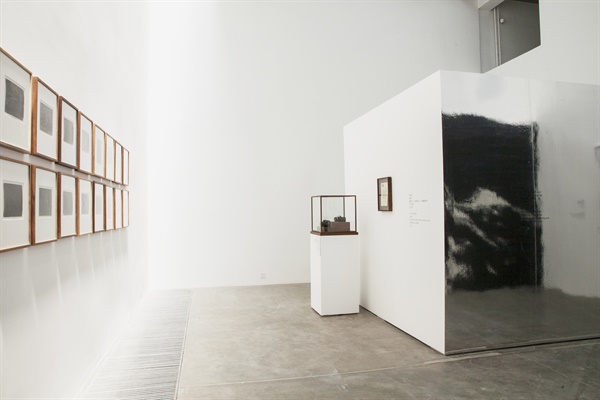 Installation View
Installation View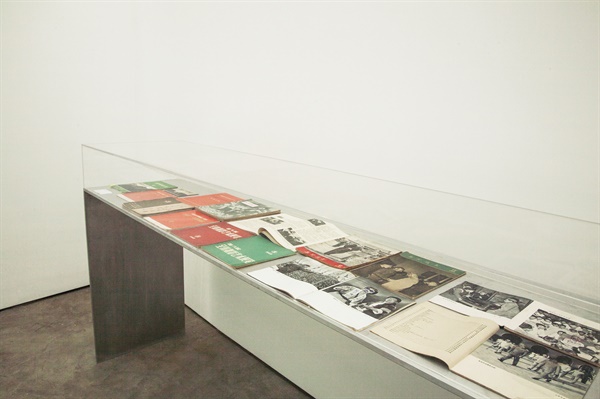 Installation View
Installation View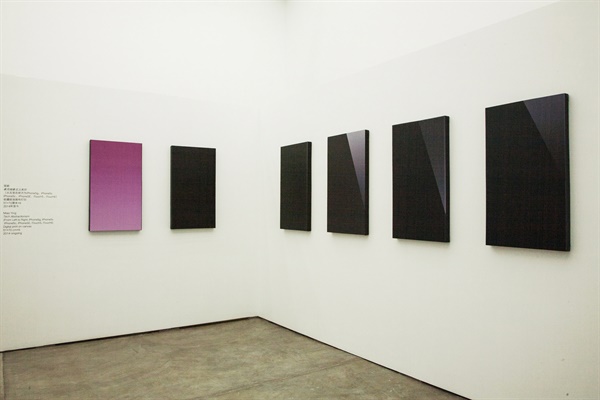 Miao Ying, Tech Abstractionism, Digital Print on Canvas, 51x70cmx6, 2014-ongoing
Miao Ying, Tech Abstractionism, Digital Print on Canvas, 51x70cmx6, 2014-ongoing Ren Han, 96F80E2B-72D2-4E0C-9261-59CC2BCEBCB6 (detail), Plasterboard Wall, Chopping and digging at exhibition hall, 2016
Ren Han, 96F80E2B-72D2-4E0C-9261-59CC2BCEBCB6 (detail), Plasterboard Wall, Chopping and digging at exhibition hall, 2016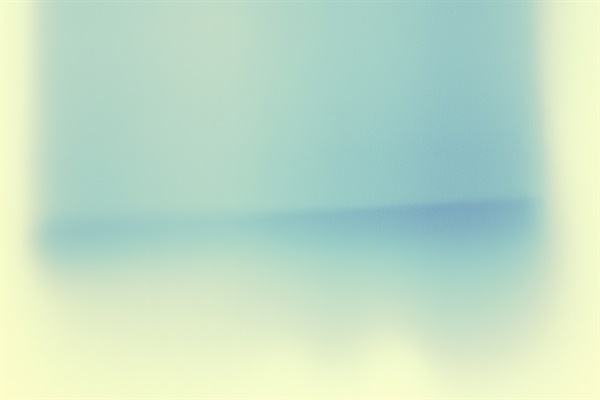 Jiang Pengyi, Intimacy No.7 (detail), Photograph, Archival Inkjet Print, Mounted on aluminum panel and acrylic glass, 185x145cm, 2014
Jiang Pengyi, Intimacy No.7 (detail), Photograph, Archival Inkjet Print, Mounted on aluminum panel and acrylic glass, 185x145cm, 2014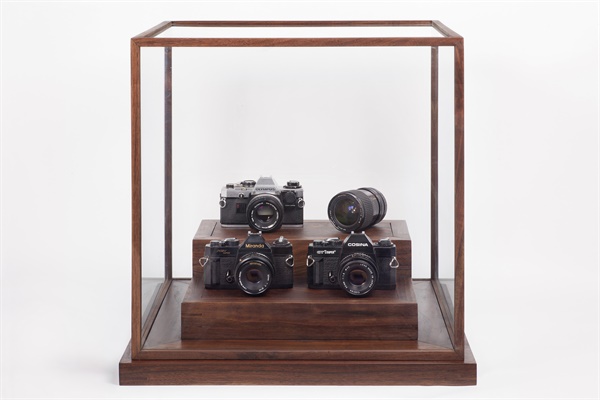 Cai Dongdong, Booty (detail), A wanted circular, three cameras, a lens, Dimension Variable, 2016
Cai Dongdong, Booty (detail), A wanted circular, three cameras, a lens, Dimension Variable, 2016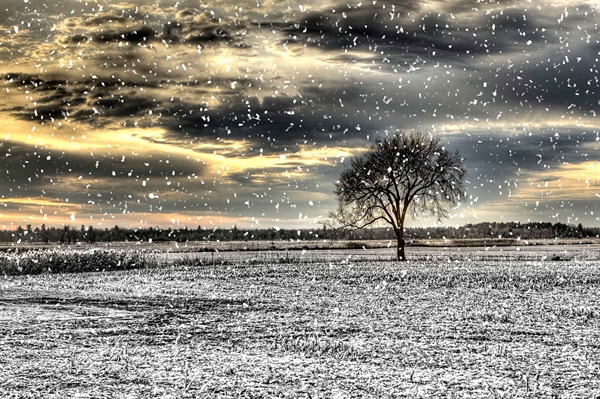 Dong Dawei, Lonely Trees Party, Video, Mute, 7'12'', 2011, Screenshot
Dong Dawei, Lonely Trees Party, Video, Mute, 7'12'', 2011, Screenshot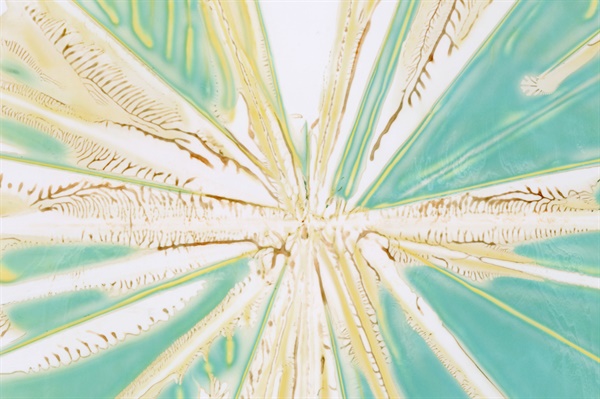 Jiang Pengyi, Inconsolable Memories (detail), 27.4x21.4cm, 2015
Jiang Pengyi, Inconsolable Memories (detail), 27.4x21.4cm, 2015 Liang Ban, Sunset-Sunrise, Video, 35'', 2015, Video Screenshot (detail)
Liang Ban, Sunset-Sunrise, Video, 35'', 2015, Video Screenshot (detail)





